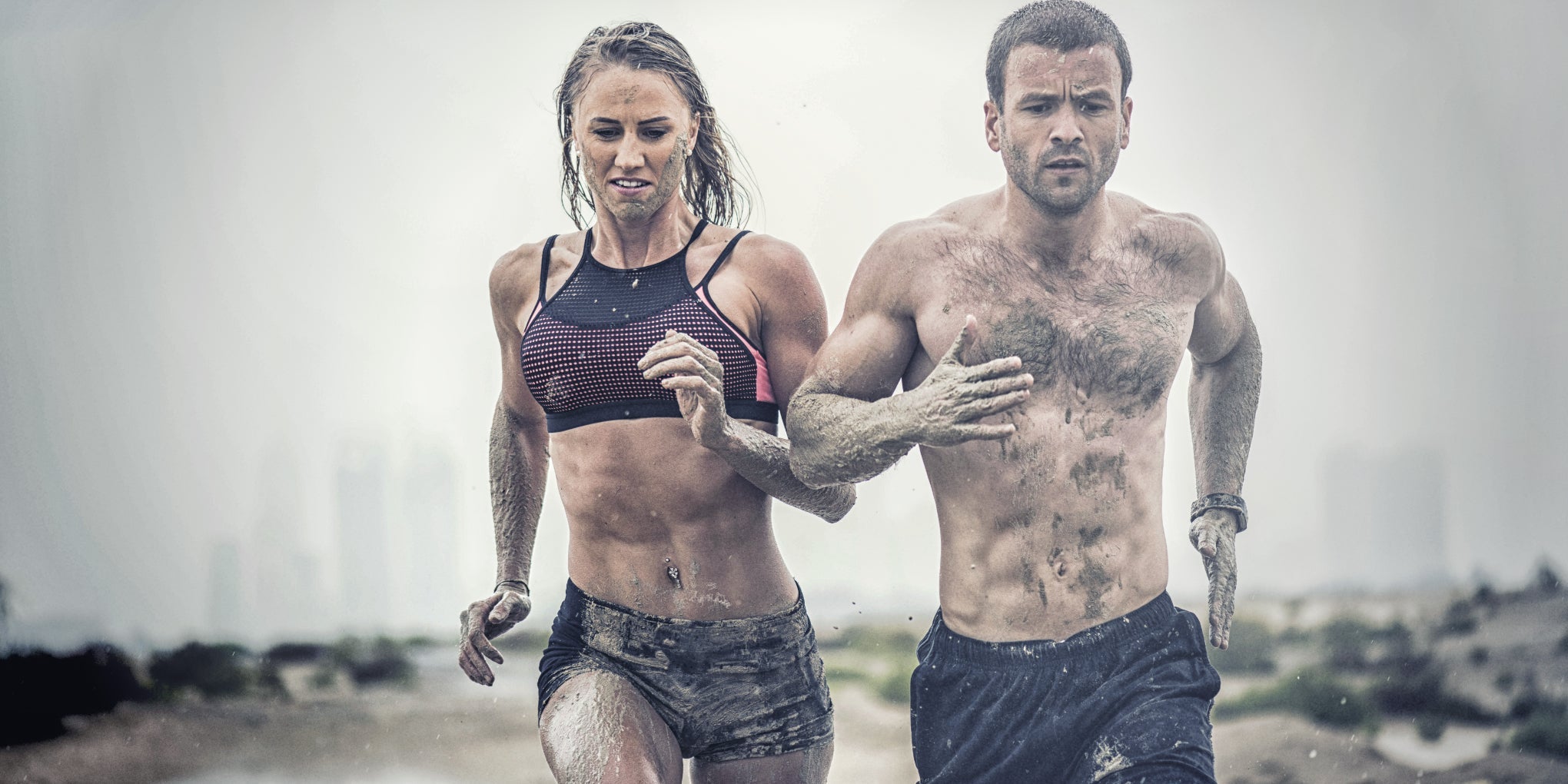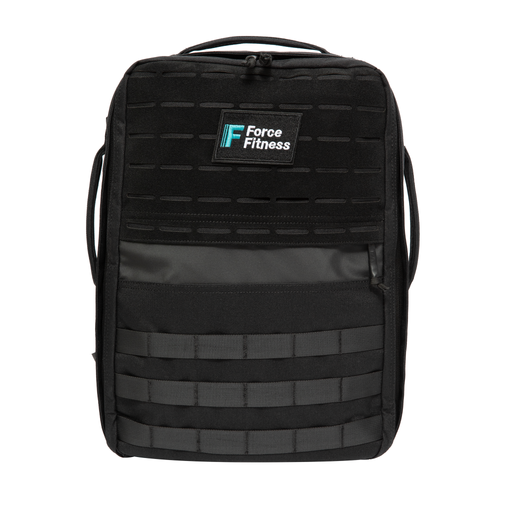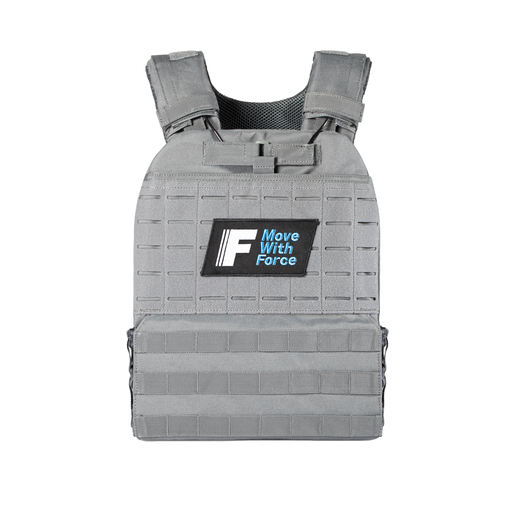
Adapting Military Training for Civilian Fitness Goals
Back in the gym, it’s easy to forget what your body is actually capable of. Strip away the machines, the mirrors, the playlists. What are you left with?
Just you. And what you can do under pressure.
That’s the essence of military training—and why it’s becoming the blueprint for civilian fitness done right. It’s not about looking a certain way. It’s about becoming useful. Capable. Durable. The kind of person who can run when they need to, carry someone to safety, haul the weekly shop in one go, and not be broken the next day.
Let’s break down how to take principles from the military and adapt them to everyday life, without needing to sign up for basic training.
Train for Function, Not Flex
Military training is laser-focused on function over form. Soldiers don’t train for aesthetics—they train to survive. For you, that means shifting your goal from chasing a pump to building a body that performs.
Can you carry your partner across a field? Haul your kit up a hill? Sprint to catch a train and still climb the stairs two at a time?
That’s the standard. Not six-pack selfies.
Try this instead:
-
Swap out bicep curls for loaded carries
-
Trade time on machines for time under a weighted vest
-
Prioritise bodyweight strength, core stability, and movement under load
Get Comfortable Being Uncomfortable
In the military, training doesn’t stop when it gets tough—that’s when it starts. Learning to push through fatigue, discomfort, and adversity is the backbone of elite performance.
You don’t need to suffer to make gains. But you do need to stop chasing comfort.
Start simple:
-
Ruck with a weighted pack, rain or shine
-
Train in imperfect conditions—hills, heat, early mornings
-
Stop skipping the hard sessions. The hard sessions are where the progress is
Build Grit, Not Just Strength
Muscle fades. Grit stays.
Military-style training builds mental toughness by pairing physical effort with cognitive challenge. You can apply this without going full bootcamp.
Add these to your week:
-
Timed circuits where decision-making matters (think: choose your own exercise at each round)
-
EMOMs (Every Minute On the Minute) to sharpen focus under pressure
-
Train after a long day. When your willpower is low, your discipline kicks in
Minimal Kit. Maximum Output.
The best training doesn’t need kit. It needs intent.
A pull-up bar, weighted vest, a patch of ground—that’s more than enough. That’s why special forces operatives can stay in shape anywhere in the world.
Try this no-excuse combo:
-
Push-ups, pull-ups, squats, lunges, planks
-
Add a weighted vest when it starts to feel easy
-
Track your time, reps, or rounds—improve one each week
Need gear? The Force Weighted Vest was designed for this exact purpose. Built for movement, not bulk.
Recovery Like a Professional
Elite soldiers train hard—but they recover even harder. Mobility work, sleep discipline, hydration, and fuelling are all mission-critical.
You’re not bulletproof. But if you recover like it matters, you’ll train harder, more often, and for longer.
Dial this in:
-
Sleep minimum 7 hours
-
Post-session protein and hydration
-
Mobility drills and breathwork to reset your nervous system
Final Word: Train Like an Elite. Live Like One, Too.
Military fitness is about becoming the most capable version of yourself. Not just for show—but for the moments that matter.
You’re not training for war. You’re training for life.
To be useful. Reliable. Strong under pressure.
To become an elite civilian.











